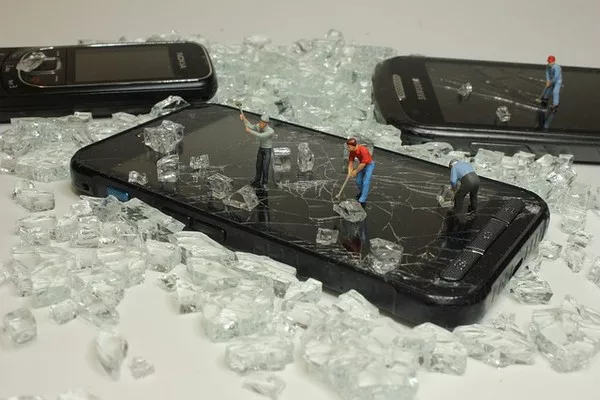Sodium-ion (Na-ion) batteries are gaining attention for their potential cost advantages, safety features, sustainability, and performance characteristics compared to traditional lithium-ion batteries. The development of Na-ion batteries is driven by their ability to utilize abundant and cost-effective sodium, making them a promising alternative. Several advantages make Na-ion batteries a compelling option:
Abundance and Cost: Sodium is more abundant than lithium, and using it in batteries can contribute to lower material costs. This is particularly significant as sodium is widely available and less expensive than lithium.
Supply Chain Resilience: Na-ion batteries can use aluminum for the anode current collector instead of copper, reducing supply chain risks. This versatility enhances the resilience of the supply chain associated with battery production.
Safety: Na-ion batteries can be stored at zero volts, minimizing risks during transportation. In contrast, traditional lithium-ion batteries are typically stored at around 30% state of charge. Additionally, the electrolytes in Na-ion systems often have a higher flashpoint, reducing flammability risks.
Manufacturing Process: The production process for Na-ion batteries closely aligns with that of lithium-ion batteries. This similarity allows for the utilization of existing lithium-ion battery production lines, facilitating scalability.
While Na-ion batteries currently exhibit lower energy density than high-energy lithium-ion cells using nickel, they are approaching the energy density of high-power lithium iron phosphate cells. The cycle life is reasonable in certain configurations, and Na-ion batteries can demonstrate high-power characteristics, exceeding those of some lithium-ion cells. The heavier nature of sodium compared to lithium is a consideration, but the overall energy density is influenced by electrode materials and other components in the cell.
Cost Comparison:
One of the key advantages of Na-ion batteries is their lower cost. At scale, a sodium-ion battery with a layered metal oxide cathode and hard carbon anode is estimated to have 25-30% lower material costs than a lithium iron phosphate (LFP) battery. Key cost reductions come from replacing lithium and copper with sodium and aluminum, with the aluminum current collector contributing significantly to the overall cost reduction.
The choice of materials plays a crucial role in cost considerations. Hard carbon, a popular anode material for Na-ion batteries, may be more expensive than natural graphite used in lithium-ion batteries, and the lower density of hard carbon may necessitate increased electrolyte usage, adding cost and mass.
While Na-ion batteries may not be a universal solution for all applications, they are well-suited to complement existing and future lithium-ion technologies in various applications. The emerging industry is expected to witness advancements and improvements in energy density over the coming years.
The report “Sodium-ion Batteries 2024-2034: Technology, Players, Markets, and Forecasts” by IDTechEx offers in-depth coverage of the sodium-ion battery industry, including technology insights, key players, market trends, and 10-year forecasts.

